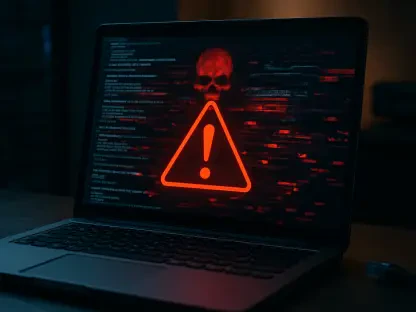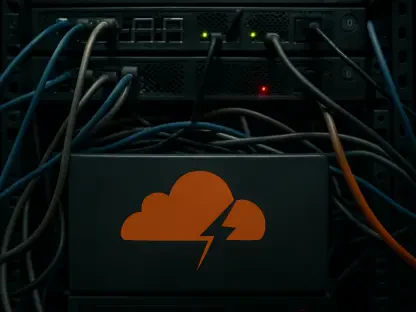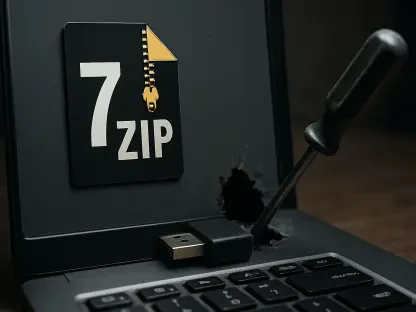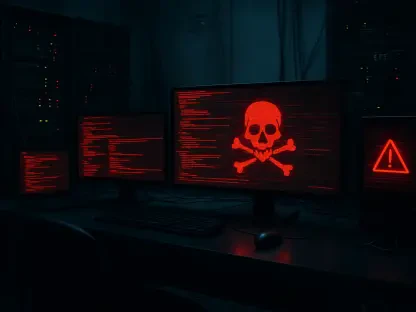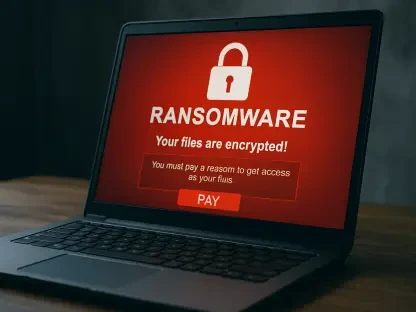In an era where data breaches can cripple organizations overnight, a newly discovered vulnerability in Redis servers, identified as CVE-2025-49844, has sent shockwaves through the cybersecurity community, highlighting the urgent need for robust security measures. This critical flaw, embedded in the Lua scripting engine of Redis—an in-memory data store widely used for its speed and versatility—poses a severe risk of remote code execution for authenticated attackers. With countless deployments relying on Redis for critical operations, the potential for widespread exploitation is alarming. This vulnerability affects virtually all versions supporting Lua scripting, a feature integral to the platform for years, amplifying the urgency for administrators to act. The issue stems from a use-after-free error, a type of memory corruption that can be manipulated to devastating effect. As malicious actors continuously seek ways to exploit such weaknesses, understanding the depth of this threat becomes paramount for safeguarding sensitive systems and data against compromise.
Unpacking the Use-After-Free Flaw in Lua Scripting
At the heart of CVE-2025-49844 lies a dangerous use-after-free vulnerability within the Lua scripting engine of Redis, exposing servers to significant security risks. This flaw occurs when the system improperly manages memory during script execution, allowing an authenticated attacker with the ability to run Lua scripts to craft malicious code that interferes with the server’s garbage collector. By doing so, the attacker can trigger a condition where memory is accessed after being freed, creating an opportunity to manipulate the application’s execution flow. This breach in memory handling enables the execution of arbitrary code on the affected server, effectively granting the attacker control over the Redis instance and potentially the underlying infrastructure. The implications are dire, as such access could lead to unauthorized operations, data manipulation, or even complete system takeover. Given the pervasive use of Lua scripting in Redis environments, this vulnerability represents a critical weak point that demands immediate attention from system administrators worldwide.
Mitigating Risks and Future Safeguards
Addressing the threat posed by CVE-2025-49844 required swift action, as a formal patch was not immediately available following the vulnerability’s disclosure. A practical workaround emerged as the primary defense: administrators were advised to restrict Lua script execution by modifying Redis Access Control Lists (ACLs) to disable commands like EVAL and EVALSHA. This measure effectively blocked the primary attack vector, preventing malicious scripts from running and offering a temporary shield for production environments. Beyond immediate data protection, this step helped curb the risk of a compromised server becoming a gateway for broader network attacks. The vulnerability’s disclosure by researchers in collaboration with industry initiatives reflected a commitment to coordinated efforts in cybersecurity. Looking ahead, the focus shifted to developing a permanent fix while urging organizations to remain vigilant. Implementing robust access controls and monitoring for unusual activity became essential steps in fortifying Redis deployments against potential exploits in the evolving threat landscape.



